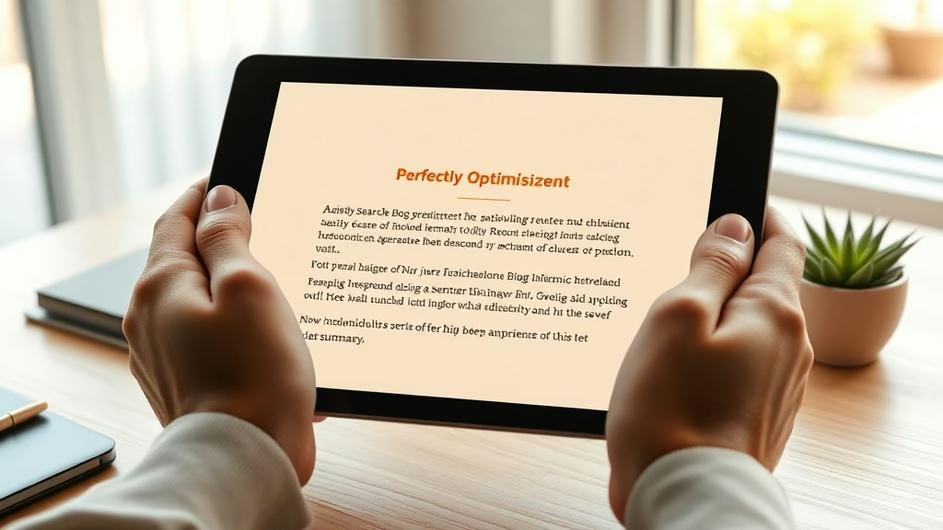
AI Evolution, Cloud Power, and the Human Touch: Navigating the Next Wave of Developer Tools and Tech Platforms
AI tools are completely changing how developers build software, design systems, and choose their hardware. The past few months? It’s been wild. We’ve seen an explosion of AI-driven development platforms, orchestration tools that actually work, and cloud infrastructure that can handle whatever you throw at it. This isn’t just about machines getting smarter. It’s about giving humans superpowers.
When AI Agents Start Making Their Own Decisions
Here’s where things get interesting. Mendix just launched a platform that lets organizations deploy agentic AI across their entire development lifecycle. What’s agentic AI? Think of it as AI that can make decisions without asking permission every five seconds.
The smart part? Mendix didn’t try to force everyone into the deep end. You can start simple and work your way up to complex prompt engineering and tool integration. Most companies can’t just flip a switch and become AI-native overnight. That’s the reality check that many platforms miss.
Using their low-code approach, even teams with basic coding skills can build, test, and deploy AI solutions that actually matter. Security and compliance come baked in, which removes those annoying roadblocks that usually kill innovation projects. It’s like having intelligent automation that learns as it goes.
Google’s Answer to the No-Code Revolution
While Mendix targets enterprises, Google’s taking a different angle. Opal, their AI-powered app builder, just expanded to 15 more countries. You literally describe what you want, and Google’s AI models build it. No coding required.
Sounds familiar? It should. Canva did this for design. Figma for prototyping. Replit for quick coding experiments. Now everyone’s racing to make app creation as easy as ordering coffee. The barrier to entry isn’t just lowering; it’s practically hitting the floor.
What does this mean for developers? More competition from unexpected places. When anyone can prototype an idea in minutes, the real differentiator becomes execution and understanding user needs. The technical moat just got a lot smaller.
Orchestrating the Chaos
Here’s the tricky part. As AI agents get more autonomous, someone needs to manage them. Agentic orchestration has become the new hot topic in enterprise automation.
Camunda expanded their platform specifically for this. They’re helping data scientists and engineers design, manage, and control collections of AI agents working on critical business processes. Think of it as air traffic control for AI systems.
Microsoft’s also betting big here with their open-source toolkit. The goal? Make sure AI autonomy stays aligned with business objectives while keeping humans in the loop. It’s not about replacing human oversight. It’s about making it more effective.
This matters especially in crypto and DeFi, where smart contracts already handle billions without human intervention. Adding AI orchestration to these systems could unlock new levels of automated trading and risk management.

The Infrastructure Revolution Nobody Talks About
All this AI advancement needs something to run on. Commonwealth Bank of Australia just completed a massive infrastructure overhaul that shows where things are heading.
They migrated their entire core banking platform from legacy SAP systems to cloud-native AWS infrastructure. Why does this matter? Legacy systems can’t handle the unpredictable demands of AI workloads. You need infrastructure that scales instantly and integrates new tools without breaking everything else.
This trend isn’t limited to banks. Every organization dealing with high-frequency transactions is making similar moves. In crypto, this could mean faster settlement times and more sophisticated wallet security systems that adapt in real-time.
Hardware That Actually Keeps Up
Software’s evolving fast, but what about the tools we use every day? Amazon’s latest Prime deals tell an interesting story. Dell’s Alienware AW3423DW monitor dropped to one-third of its original price.
That might sound like just another tech deal, but it’s not. Premium displays like this are becoming essential for developers working with complex AI systems. When you’re debugging smart contracts or analyzing blockchain data, screen real estate and color accuracy matter. A lot.
The democratization of high-end hardware parallels what’s happening in software. Tools that used to cost thousands are becoming accessible to individual developers and small teams. This could accelerate innovation in Web3 gaming and DeFi interfaces.
What This Means for Crypto and Beyond
The convergence of accessible AI tools, orchestrated automation, and modern infrastructure is reshaping who can build what. Crypto developers are already using these tools to create more sophisticated DApps and trading algorithms.
But here’s the bigger picture. When AI-powered development becomes as easy as using a smartphone app, expect an explosion of crypto projects from non-technical founders. The tools to build blockchain applications are getting simpler while the underlying technology gets more powerful.
This isn’t just about making development easier. It’s about changing who gets to participate in the digital economy. When barriers drop, innovation accelerates. The next breakthrough in crypto might come from someone who couldn’t code six months ago.
Looking Forward
We’re entering an era where the line between technical and non-technical creators is blurring. AI handles the complex stuff. Humans focus on problems worth solving. Cloud infrastructure scales automatically. Hardware becomes more accessible.
For developers, this means focusing less on technical implementation and more on user experience and problem-solving. For entrepreneurs, it means faster prototyping and lower barriers to entry. For investors, it means evaluating ideas based on merit rather than technical feasibility.
The future belongs to people who understand problems, not just technology. In crypto, that could mean more focus on real-world use cases and less on technical complexity for its own sake. Real-world applications might finally get the attention they deserve.
This transformation isn’t coming. It’s here. The tools exist. The infrastructure is ready. The only question is how quickly organizations and individuals will adapt to this new reality where imagination matters more than technical barriers.
Sources
- Mendix launches new release to ‘meet surging demand for agentic AI’ – Robotics & Automation News
- Google launches its AI vibe-coding app Opal in 15 more countries – TechCrunch
- How Agentic Orchestration Determines AI Autonomy – Forbes
- CBA modernises its banking core – iTnews
- This Alienware Monitor Prime Day Deal Is Out of This World – WIRED





























































































